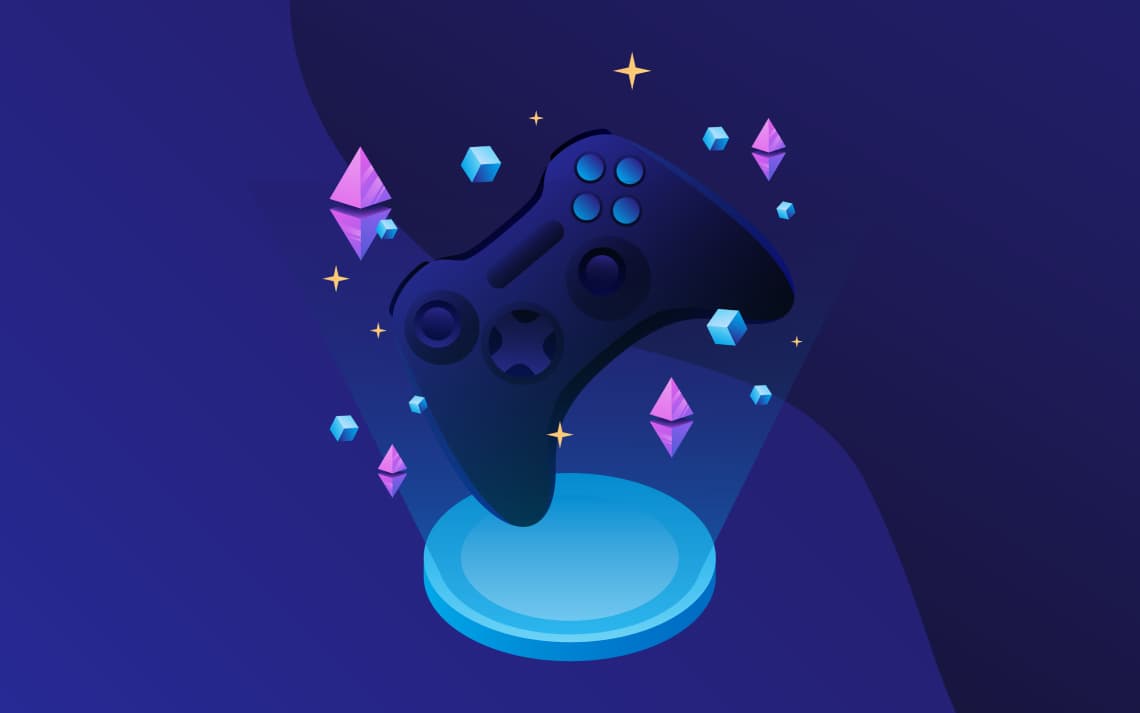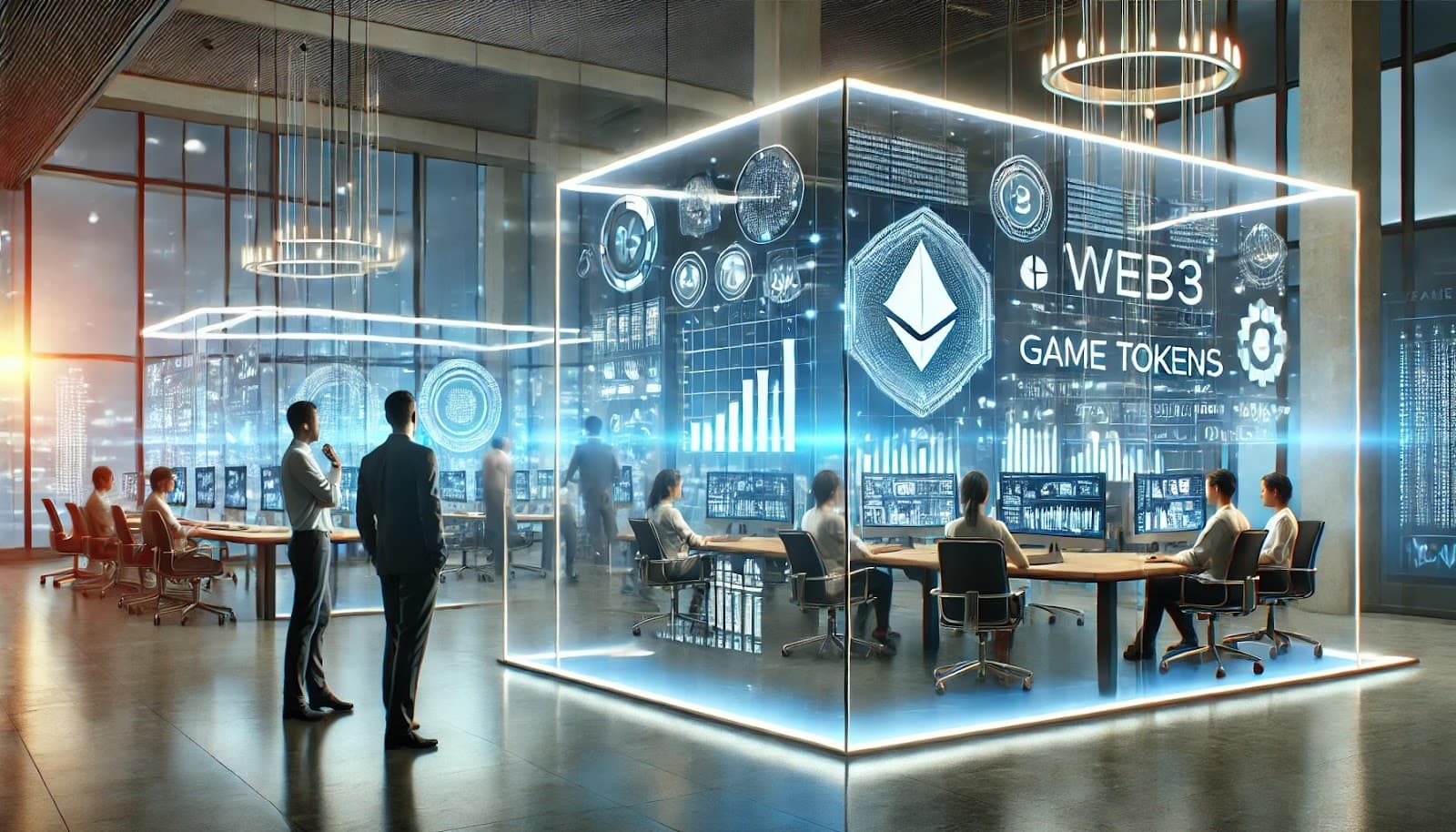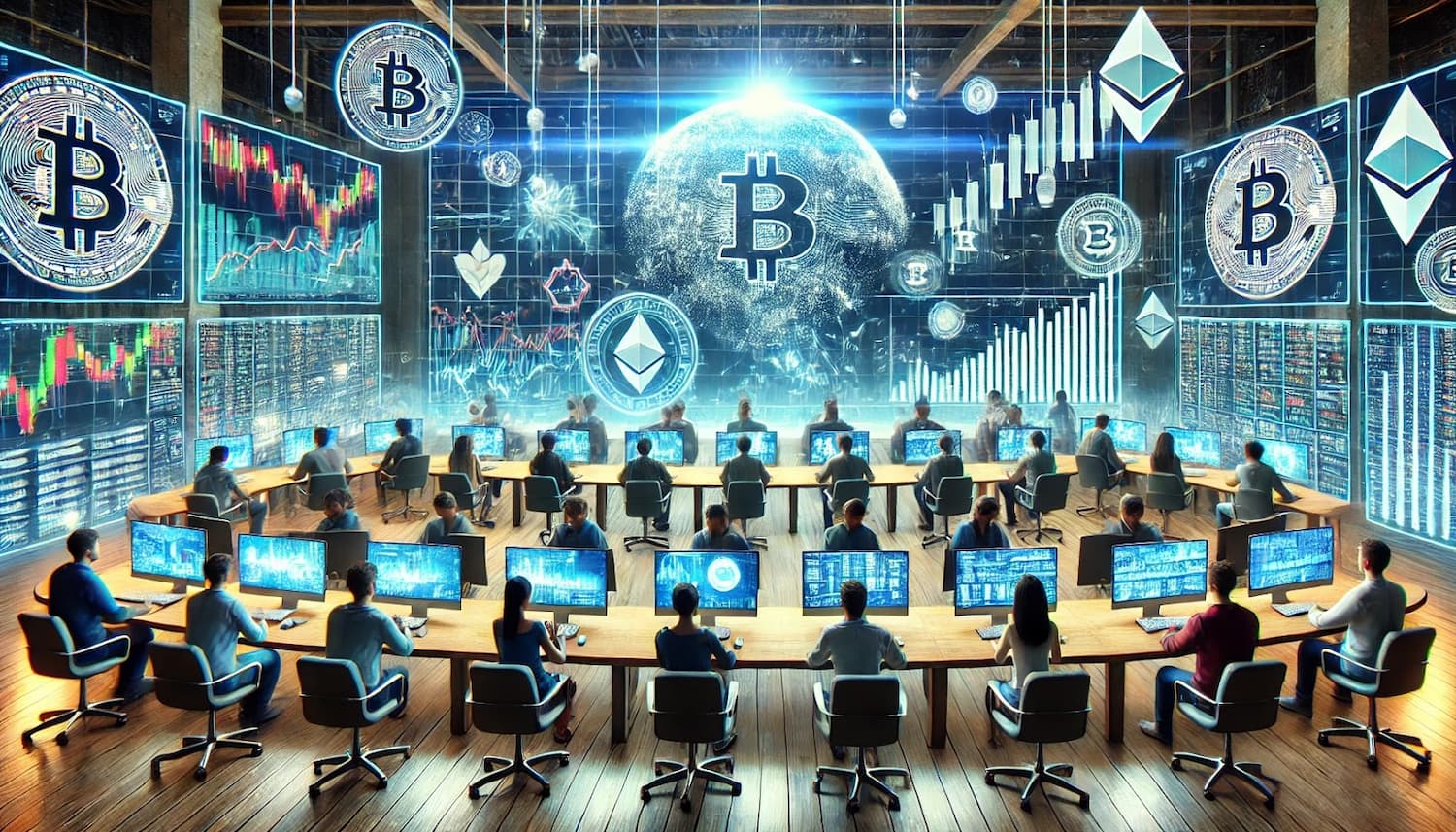Introduction
The integration of Non-Fungible Tokens (NFTs) into Web3 games is revolutionizing the digital landscape, providing a new level of interactivity and ownership within gaming ecosystems. NFTs enable a unique, verifiable ownership of digital assets that can be traded, sold, or collected, enhancing player engagement and opening up innovative avenues for game developers to monetize content and create rich, immersive experiences.
Core Mechanisms of NFTs in Gaming
NFTs bring a transformative approach to asset ownership and exchange in Web3 gaming environments. By utilizing blockchain technology, NFTs ensure that each digital asset is unique, owned securely, and traceable back to its original creator, which prevents duplication and fraud.
- Uniqueness and Scarcity: Each NFT is a one-of-a-kind asset with distinct characteristics and ownership history.
- Proof of Ownership: Blockchain technology provides an immutable record of ownership, ensuring that each NFT can only have one owner at a time.
- Interoperability: NFTs can be designed to be interoperable across various gaming platforms, enhancing their utility and value.
These characteristics make NFTs ideal for creating complex, economically driven games where players can truly own, buy, sell, and trade their digital assets within the game and on external markets.
Implementing NFTs in Web3 Games: A Strategic Approach
The successful implementation of NFTs in Web3 games requires thoughtful integration that aligns with the game’s design and market strategy. Game developers must consider how NFTs can enhance gameplay rather than merely serving as collectible items.
- Enhancing Gameplay: Integrating NFTs in ways that add depth to the game, such as by representing unique character abilities or rare items.
- Market Dynamics: Developing a marketplace within the game where players can trade NFTs, which can help stabilize the game’s economy and add a layer of player-driven dynamics.
- Community Engagement: Using NFTs to foster a community around the game, offering special rewards and incentives that can be traded or collected.
Strategically integrating NFTs can significantly impact player retention and revenue, making games more engaging and financially viable.
Revolutionizing Asset Ownership and Trade
The adoption of NFTs in Web3 games is changing how players interact with digital assets. Players now have the ability to own unique items that carry value both within and outside the game environment. This transition from ephemeral to permanent, tradable assets is a major shift in the gaming industry.
Players can invest in assets that appreciate over time, potentially earning returns on their investments. Furthermore, the ability to trade these assets on open markets not only provides players with liquidity but also introduces a new financial model where players can engage in speculative trading and asset management.
Enhancing Game Security and Building Player Trust
NFTs improve game security and player trust through blockchain’s inherent features. Each transaction involving an NFT is recorded on the blockchain, creating a transparent and secure environment where players can see the full history of asset ownership and transactions.
- Security and Transparency: Blockchain’s immutable ledger ensures that all asset transactions are secure and visible, reducing the risk of fraud.
- Player Empowerment: By providing players with ownership records, NFTs empower users to have greater control and assurance over their digital assets.
- Enhanced Trust: The transparency and security associated with NFTs help build trust within the gaming community, encouraging more players to invest time and resources.
Economic Expansion through NFTs
NFTs offer vast economic opportunities within Web3 games by allowing digital assets to be monetized and traded. This capability to tokenize in-game assets as NFTs means that players can derive real-world value from their in-game achievements and holdings.
The broader implications for the gaming industry include a shift towards more sustainable economic models where developers can derive ongoing revenue from secondary markets and players can earn from their gaming prowess. This blurs the lines between gaming and investing, potentially attracting a new audience to the gaming sector.
Enhancing Player Experience with NFTs
NFTs are not just transforming the economic and security aspects of gaming, but they are also significantly enhancing the player experience. By providing gamers with tangible assets that have real-world value, NFTs increase player investment—both emotionally and financially—in the game. Players can feel a deeper sense of achievement and ownership, knowing that their in-game efforts can lead to actual gains and that their collections could be rare or unique within the game’s universe.
Moreover, NFTs allow for richer storytelling and more personalized gaming experiences. Game developers can use NFTs to introduce unique story elements, special abilities, or exclusive content that players can own or trade. This capability encourages players to engage more deeply with the game and its community, potentially leading to longer play times and greater overall satisfaction. As the market for NFTs in gaming matures, the potential for creative integration seems limitless, promising a future where game narratives and player interactions are more intertwined than ever before.
Conclusion
As the gaming industry continues to explore and integrate NFTs, the potential for transformative change is immense. NFTs promise to redefine the concepts of ownership, value, and engagement in digital spaces. The future will likely see more sophisticated use of NFTs in gaming, driving innovation and creating new economic paradigms within the digital entertainment sector.




